
US FCC ID Certification Part 15 Standard Testing
The fULl name of US FCC certification is Federal Communications Commission, established in 1934 by the Communication Act. It is an independent agency of the US government, directly accountable to Congress. The FCC coordinates domestic and international communications through the regulation of radio broadcasting, television, telecommunications, satellites, and cable. It covers more than 50 US states, Columbia, and US territories to ensure the safety of radio and wire communication products related to life and property. Therefore, many radio application products, communication products, and digital products entering the US market require fcc approval. FCC certification does not require factory inspection, and the application process is relatively simple. The US FCC certification is currently divided into two types: fcc id certification and fcc sdoc certification.
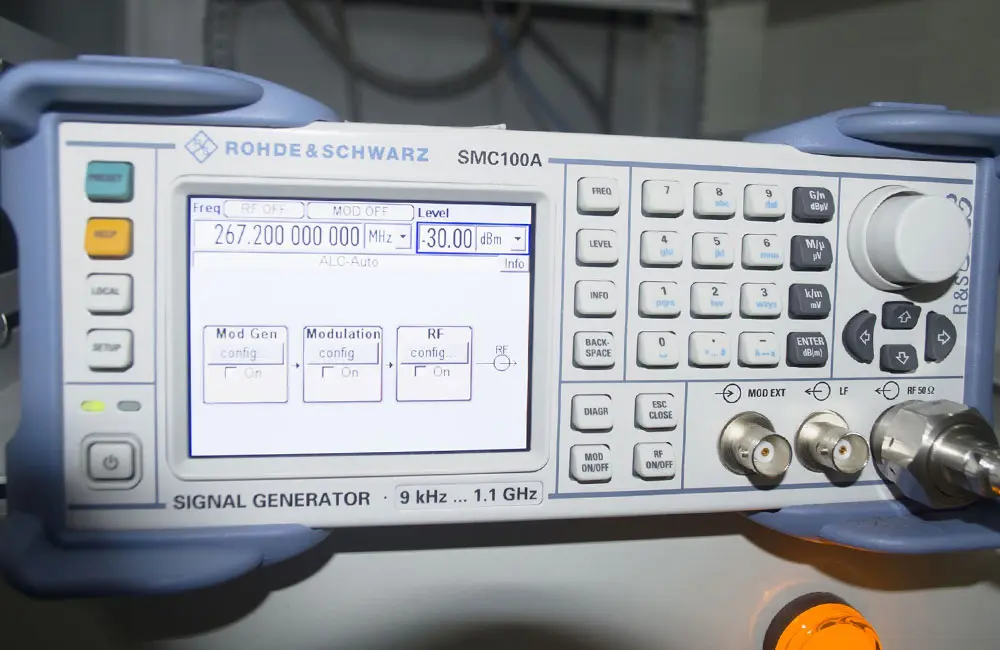
FCC ID Certification & Submitted Documents
1. Manual: In English, including product name, model, and warning messages (usually added by the certifying staff, to be sent to the customer along with the certificate after the case is closed).
2. SCH (Schematic): Clearly indicate antenna location, frequency band, oscillator location, and frequency.
3. BLOCK Diagram: Full system block diagram, also indicating antenna frequency band and oscillator frequency.
4. LABEL: Must show at least the FCC ID. FCC ID: XXXXX-XXXXXXX. The "FCC ID:" and "XXXXX-XXXXXXX" must be on the same line.
5. Antenna Specification Sheet: In English, at least indicating the manufacturer's name & address, antenna name/type, model, maximum gain, 2D/3D test chart, and dimension diagram.
6. Local Agent Letter: Must include the agent's FRN code and the FCC ID for the current product being applied for.
7. Declaration Letter: Declaration that neither the applying company nor the accessory company is on the US-controlled whitelist.
8. Operation Description: Describes the working principle of the prototype, the chips used, all supported functions, frequency bands, maximum power, and other general descriptions of the prototype's functions and parameters.
9. Fixed Frequency Software and Test Method: To apply for FCC ID, provide the grantee code and product ID. The grantee code and product ID can be written without a hyphen, and the product ID must not exceed 14 characters.
Special Note: To apply for FCC certification, a local US representative is required, commonly known as the "US Agent." Each certificate is specific to one agent.
fcc certification process
1. Fill out the application form, prepare documents and samples.
2. Testing institution reviews the documents and conducts preliminary testing of samples.
3. Testing institution submits the application to the TCB (Telecommunications Certification Body).
4. Institution reviews the documents.
5. Sample testing and providing a test report (can be tested by an authorized lab).
6. Once the documents and test reports are approved, the TCB issues the FCC ID certificate.
FCC ID Standards
- GSM/WCDMA: FCC Part 22
- GSM/WCDMA: FCC Part 24
- GSM/WCDMA: FCC Part 27
- 2.4G WIFI/BT: fcc part 15.247
- SAR: FCC 47 CFR Part 2 (2.1093); ANSI/IEEE Std. C95.1-1992; IEEE 1528: 2013
- FCC sdoc: fcc part 15b
fcc testing Items
1. Conducted Emission: Measurement of conducted interference.
2. Radiated Spurious Emission: Measurement of radiated interference.
3. Maximum Output Power: Conducted Peak Output Power, Limit: ≤21dBm or ≤30dBm.
4. 20dB Occupied Bandwidth: Limit: None.
5. Carrier Frequencies Separation: Limit: >25KHz or >two-thirds of the 20dB bandwidth.
6. Hopping Channel Number: Limit: ≥15 channels.
7. Dwell Time: Limit: <0.4s.
8. Band Edge: Measurement of the signal at the band edge.
9. Antenna Requirements: Specification for antenna type and installation.
Email:hello@jjrlab.com
Write your message here and send it to us
 Amazon ISO/IEC 17025 UL Testing Service Laboratory
Amazon ISO/IEC 17025 UL Testing Service Laboratory
 How to get CE Certification for Lighting Products?
How to get CE Certification for Lighting Products?
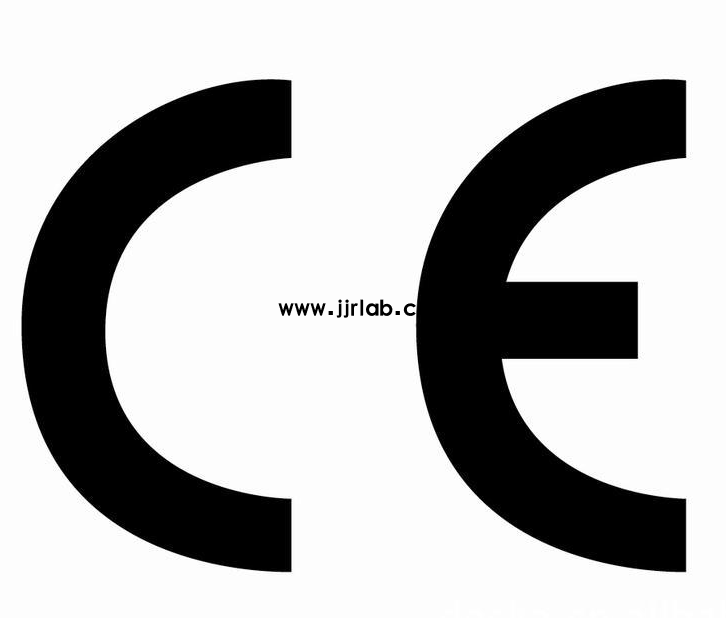 CE Certification Standards & Process for Elect
CE Certification Standards & Process for Elect
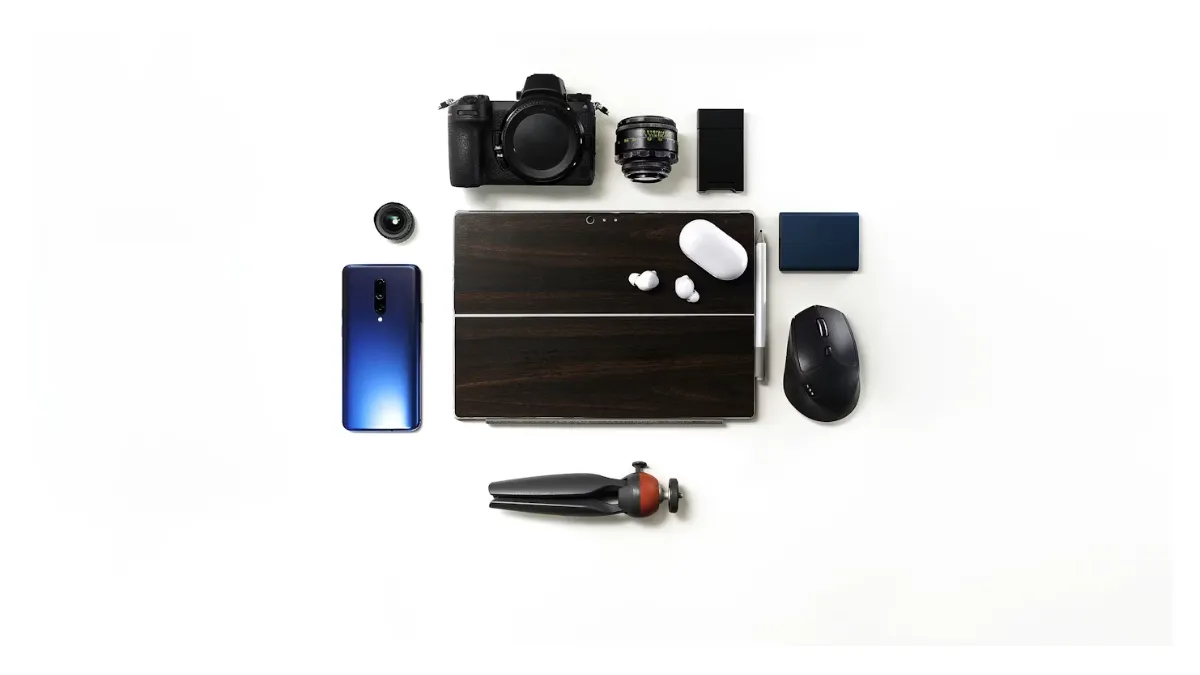 Japan METI Registration & Japanese Agent Servi
Japan METI Registration & Japanese Agent Servi
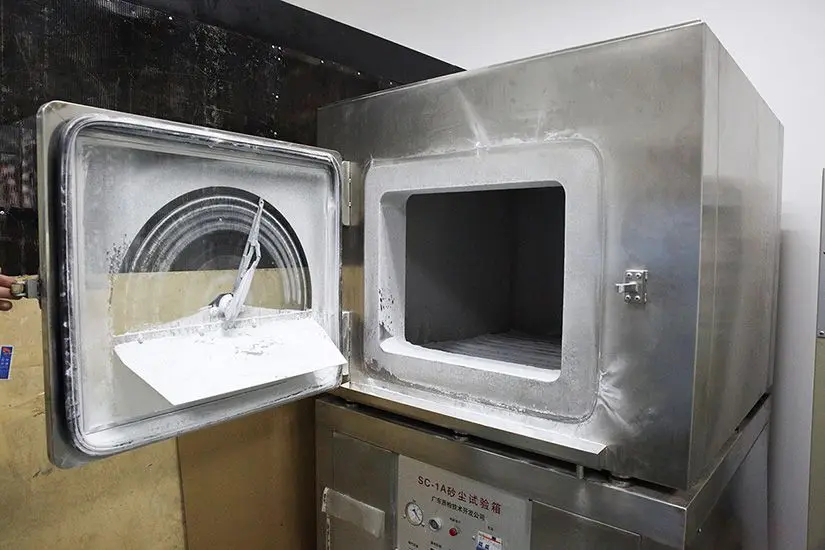 Temperature Shock Test (IEC 60068-2-14:2009)
Temperature Shock Test (IEC 60068-2-14:2009)
 Electromagnetic Compatibility (EMC) Testing Servic
Electromagnetic Compatibility (EMC) Testing Servic
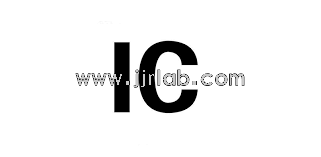 Canada ISED Certification (IC Certification) Analy
Canada ISED Certification (IC Certification) Analy
 CSA C22.2 No.42 Compliance Test Report for Amazon
CSA C22.2 No.42 Compliance Test Report for Amazon
Leave us a message
24-hour online customer service at any time to respond, so that you worry!




